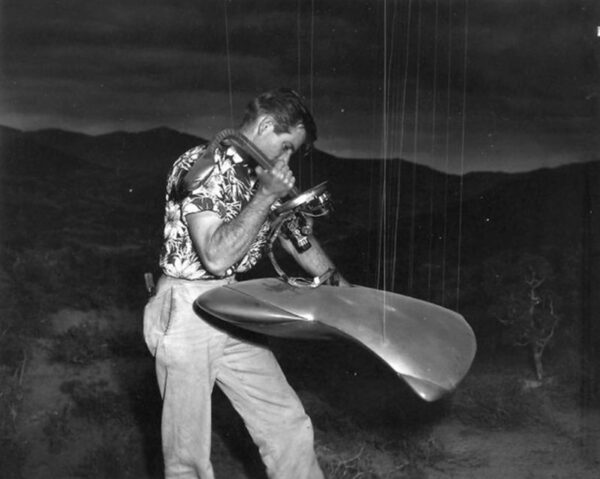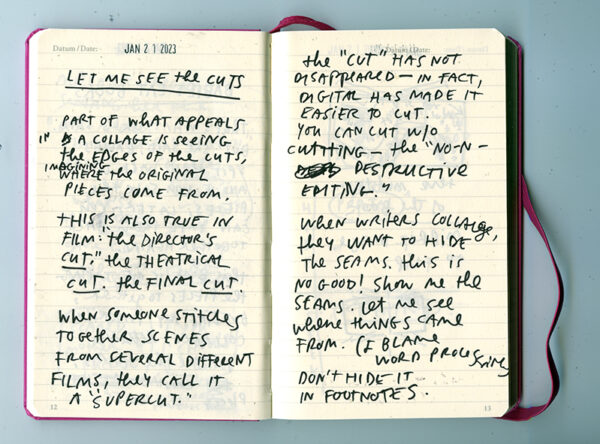
Director Steven Spielberg recently talked about regretting editing the guns out of the 20th anniversary edition of E.T.:
No film should be revised based on the lenses we now are, either voluntarily, or being forced to peer through…. I should have never messed with the archives of my own work, and I don’t recommend anyone do that. All our movies are a kind of a signpost of where we were when we made them, what the world was like and what the world was receiving when we got those stories out there.
Film writer Eric Vespe posted a 2011 interview in which the director comes at the subject from a fan:
[Viewers] understand when they see a movie and they suddenly see something that could have been done much better today and could have been corrected in the DVD/Blu-Ray transfer, they really appreciate seeing the strings attached.
If somebody put out George Pal’s War of the Worlds and took the strings off the machines I’d be very upset. When that machine crashes in downtown Hollywood, and you see the strings going from taut to slack, that’s the thing that allows me to both understand this movie is scaring the hell out of me and at the same time this movie is a creation of the human race.
Emphasis mine. (Show your work!)

That bit about the strings the signs of the human hand made me think about the way AI blends images together — you can’t see the seams!
The seams are what is so good to me about collage. The seams show the different origins of the material. They tell me that a human made it.
And to a certain extent it’s true for all the art I like: the imperfections — the seams and the pops and the strokes and the scratches and the dogs barking in the background — they humanize the work for me and bring me closer to it.
My prediction is that AI will — at least in a certain portion of the population, anyways — lead to a hunger for the handmade, for signs that the thing you’re watching/reading/listening to is “a creation of the human race.”